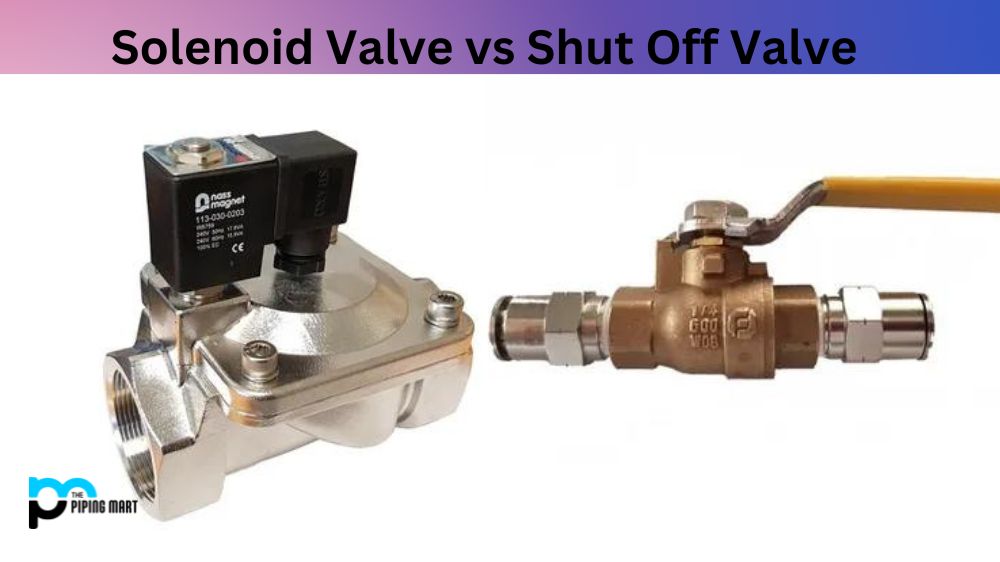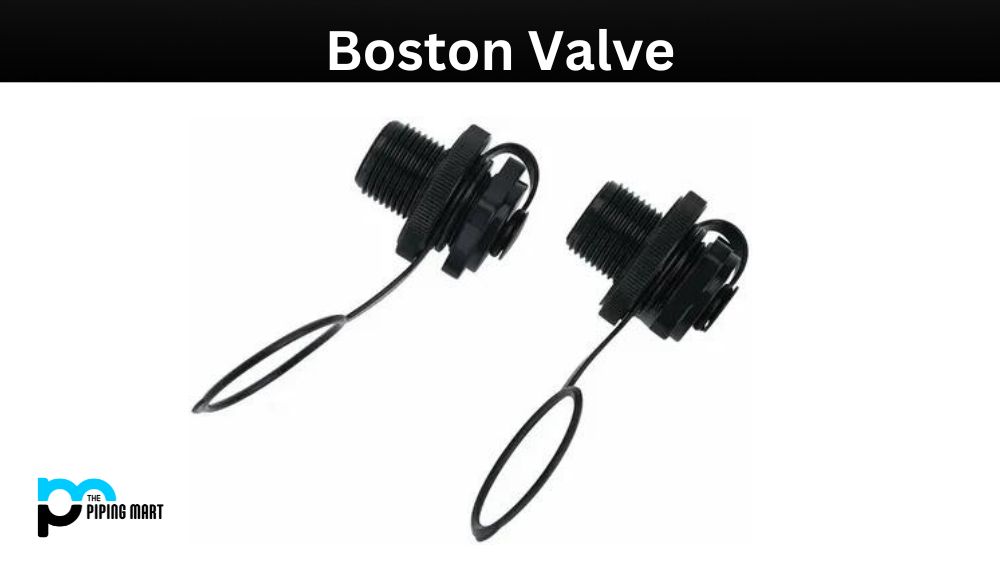Whether you’re a welding professional or a hobbyist, it’s essential to understand the differences between tig welding and arc welding. These two processes are both widely used in the industry. Still, they each have advantages and disadvantages that could make one more suitable for a particular job than another. Let’s explore the difference between these two methods.
Difference Between TIG Welding and Arc Welding
Basics
Tig (inert tungsten gas) welding utilizes an electric arc created by striking an electrode against the base metal. The electrode is then moved over the metal area to be welded. This process requires high skill levels, as it must be done carefully to ensure no additional contamination. It is also important to note that this method can be very time-consuming, as precise control needs to be exercised while welding the piece together. Additionally, tig welding generally requires more expensive equipment than other welding processes due to its precision requirements.
Arc (shielded metal arc) welding uses a consumable metal rod coated with flux to join pieces together using heat from an electric current passing through it. The arc melts the rod and base metal, forming a pool of molten material that cools quickly and solidifies into a strong joint. While this process does not require as much skill as tig welding, it still needs careful attention to produce quality results without creating defects in the finished weld joint. Additionally, arc welding often produces spatter—a phenomenon which can cause problems if not cleaned up properly afterwards.
Advantages
Several advantages are associated with each type of weld process, making them well-suited for certain applications and projects. For example, tig welding is often preferred when working on thin materials or components due to its ability to provide cleaner welds with less contamination risk compared to arc welding processes. Meanwhile, arc welding is better suited for heavier materials due to its faster speed and greater penetration potential than tig welding. Additionally, many people find that using shielded metal arc electrodes makes it easier to keep their work area clean since spatter can be easily cleaned up after completing each weld pass compared with tig welds, which usually require additional post-weld cleanup work due to their finer details.
Process
Tig welding is a more precise process than arc welding, as it allows the operator to control the heat and speed of the weld more accurately. Additionally, tig welding produces less smoke and spatter than arc welding. However, tig welding is more expensive and requires more training to master than arc welding.
Equipment
Tig welders typically use argon gas as a shielding gas, while arc welders use argon gas or carbon dioxide. Tig welders also require a power supply that can provide direct current (DC), while most arc welders can use either direct current (DC) or alternating current (AC).
Applications
Tig welding is often used for thin materials or materials that require a high degree of accuracy, such as aerospace parts or medical implants. Arc welding is commonly used for thicker materials, such as structural steel or pipe.
Conclusion:
Both tig and arc welding are excellent choices for joining metals together depending on your specific project requirements; therefore, understanding their differences is essential if you want successful results from your project! When choosing between these two techniques for your next task, consider factors such as cost efficiency, level of skill needed for success, ease of use when working with various thicknesses or materials, and overall cleanliness after completion before settling on either one! Ultimately deciding between tig or arc weldings comes down to personal preference or what works best for your specific application needs!

A passionate metal industry expert and blogger. With over 5 years of experience in the field, Palak brings a wealth of knowledge and insight to her writing. Whether discussing the latest trends in the metal industry or sharing tips, she is dedicated to helping others succeed in the metal industry.




